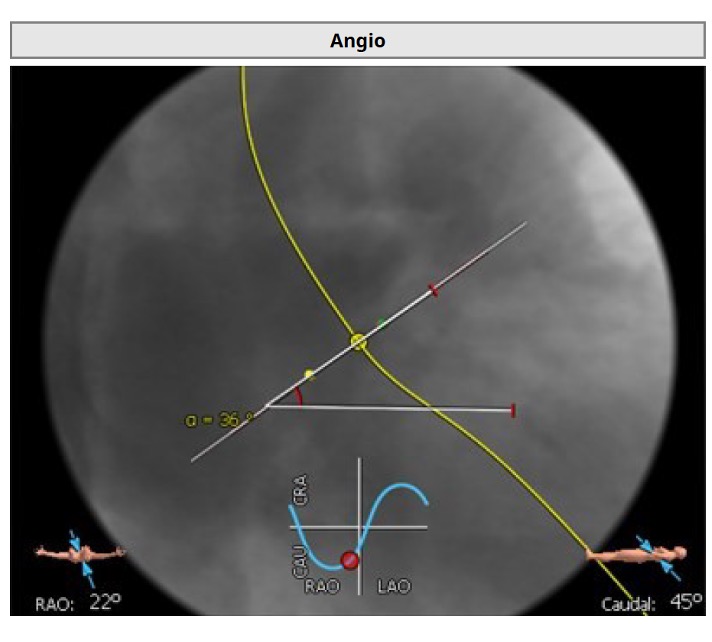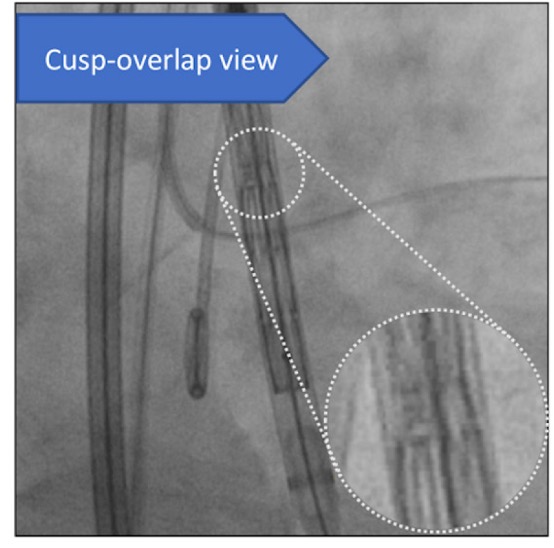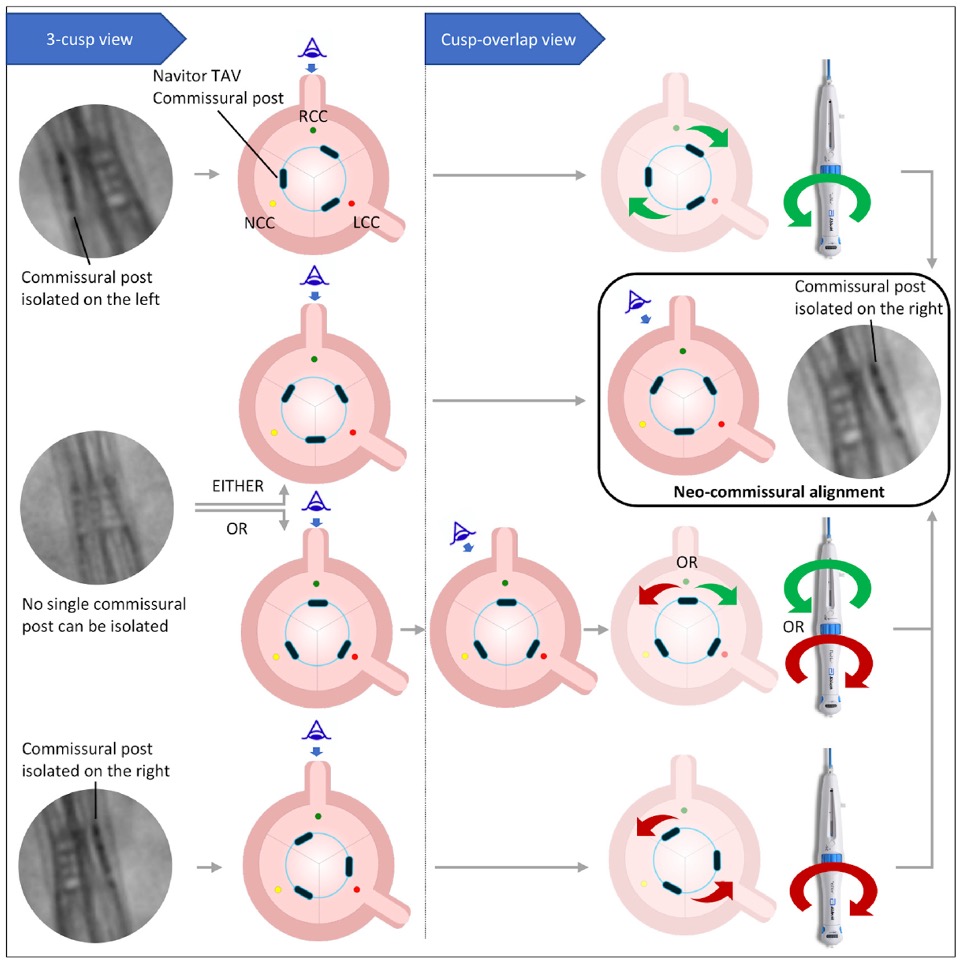CASE20220612_002
Neo-commissural alignment during Transcatheter Aortic Valve Replacement: the LACRCO algorithm
By Ivan Man Ho Wong
Presenter
Ivan Man Ho Wong
Authors
Ivan Man Ho Wong1
Affiliation
Queen Elizabeth Hospital, Hong Kong, China1
Valve - Innovative Valve Device or Procedure
Neo-commissural alignment during Transcatheter Aortic Valve Replacement: the LACRCO algorithm
Ivan Man Ho Wong1
Queen Elizabeth Hospital, Hong Kong, China1
Clinical Information
Patient initials or Identifier Number
H.L
Relevant Clinical History and Physical Exam
A 67-year-old male with symptomatic, severe aortic valve stenosis (AS) was referred and scheduled for transcatheter aortic valve replacement (TAVR) with a Navitor transcatheter aortic valve (TAV) (Abbott).
Relevant Test Results Prior to Catheterization
Baseline echocardiogram showed LVEF of around 40%; heavily calcified aortic valve with severe AS, AVA of 0.88 cm2 and mean gradient of 47 mmHg.Baseline CT showed trileaflet aortic valve, annulus perimeter of 73.6 mm, low-lying left coronary. Cusp-overlap view (overlap of right and left coronary cusps) was RAO 22 degrees and CAU 45 degrees.






Relevant Catheterization Findings
Interventional Management
Procedural Step
After crossing the aortic arch and reaching the aortic annulus, the orientation of the commissural posts of the Navitor valve relative to the native aortic cusps was first assessed at the conventional 3-cusp coplanar view. There would be three potential scenarios: 1) A ‘slit-like’ appearance of one of the commissural posts can be isolated and identified at the right side of the screen at the 3-cusp view ; 2) a ‘slit-like’ appearance of one of the commissural posts can be identified at the left side of the screen at the 3-cusp view; 3) No single commissural post can be identified at the left or right side of the screen at the 3-cusp view. For scenario 1, gentle clockwise rotation of the delivery system would result in neo-commissural alignment, which appears as a single ‘slit-like’ appearance of one of the commissural posts at the right side of the screen at the cusp-overlap view. For scenario 2, gentle counterclockwise rotation of the delivery system would result in neo-commissural alignment, which can be confirmed at the cusp-overlap view. For scenario 3, the commissural posts are either perfectly aligned or severely misaligned. This again can be confirmed at the cusp-overlap view. No rotation of the delivery system would be required if the commissural posts are perfectly aligned. Either clockwise or counterclockwise rotation would be required if the commissural posts are severely misaligned.






Case Summary
Deployment of the Navitor valve was then performed at the cusp-overlap view. Neo-commissural alignment was maintained after full deployment. This is the first report to demonstrate a standardized step-by-step approach to optimize neo-commissural alignment during TAVR with the Navitor valve (LACRCO: commissural post on the Left in 3-cusp view – Anti-Clockwise rotation; commissural post on the Right – ClOckwise rotation). Securing neo-commissural alignment would be beneficial to future coronary access as well as TAV-in-TAV procedure during the lifetime management of patients undergoing TAVR.
